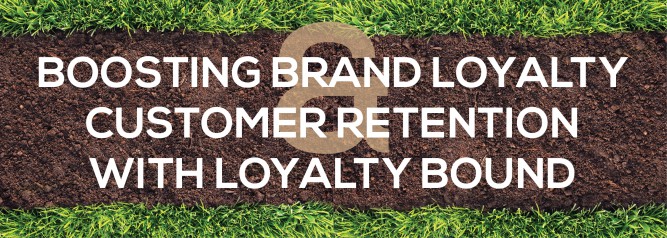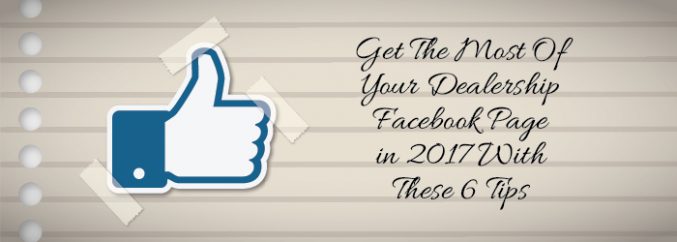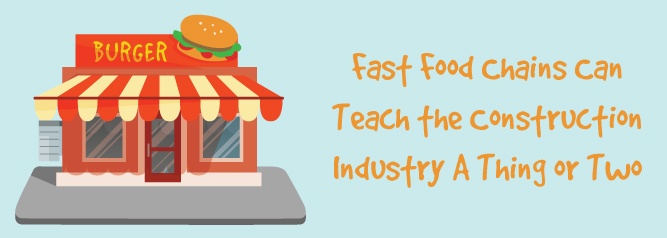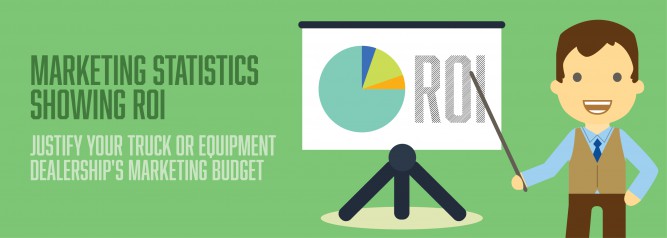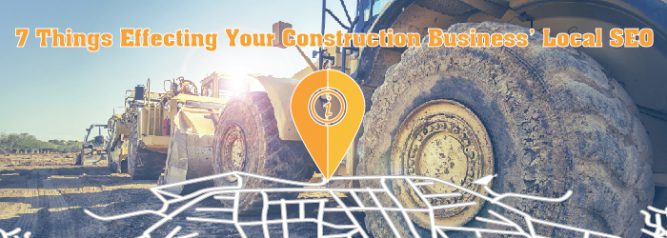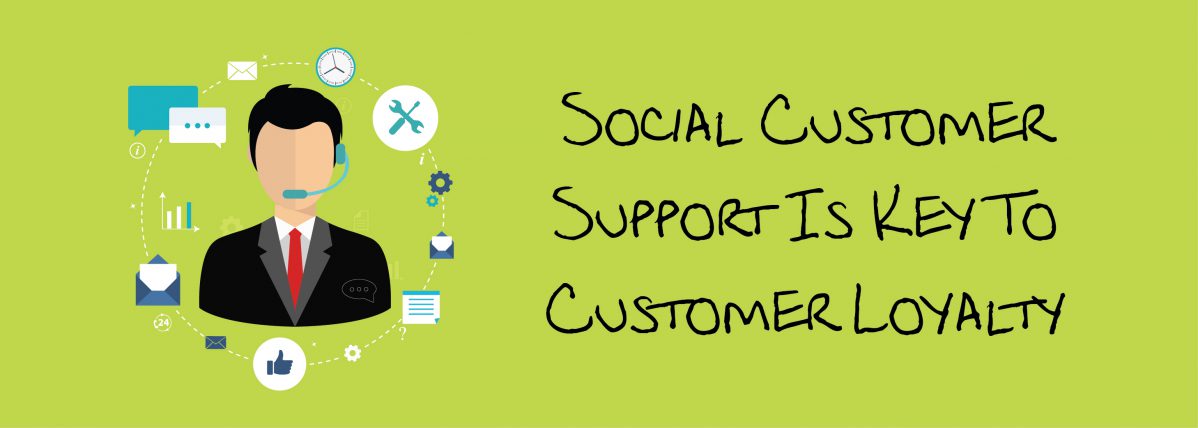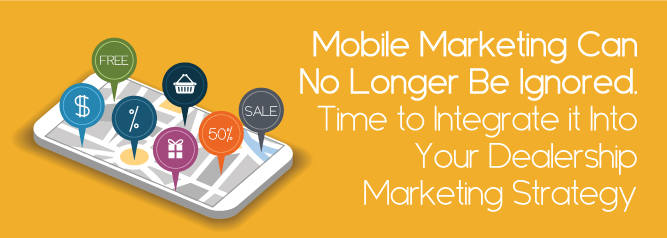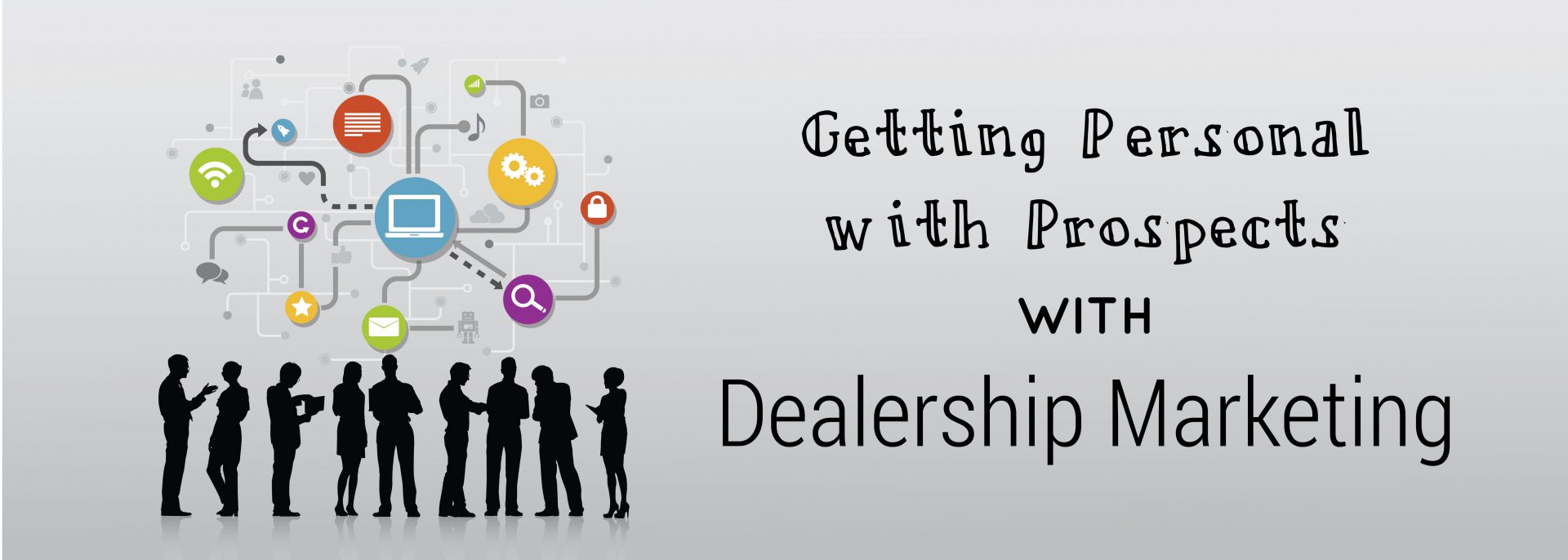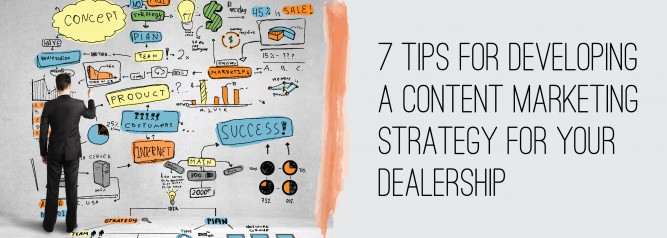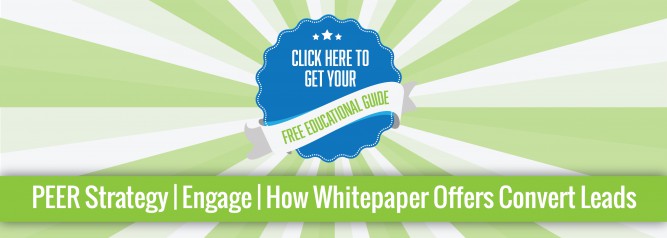
Establish Your Dealership as an Equipment Expert with These Inbound Marketing Strategies
One of the things that make your equipment dealership so valuable to customers is your expertise. You’re so much more than a sales and rental source. Your team is up to date on the latest trends and technology, and they have know-how that comes from experience. You are a go-to resource and a solid working partner. But are you promoting your dealership as an equipment expert?
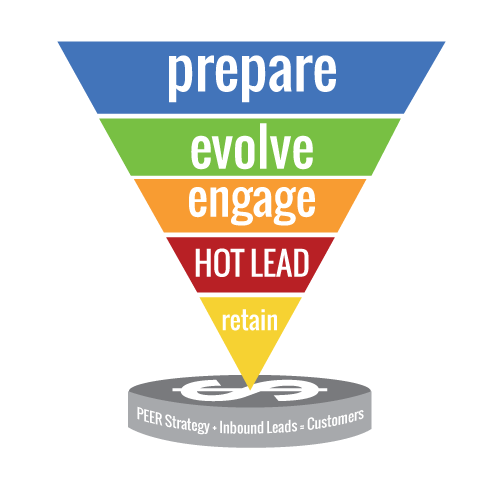
Expertise builds trust
Your inbound marketing must build awareness of your dealership and attract visitors to your website. But converting those visitors into leads (and leads into sales) is a process of building trust. Prospects find you online because they’re looking for information. Providing timely, relevant content builds trust with prospects in two ways:
- It demonstrates your expertise – prospects can trust that you know what you’re talking about
- It demonstrates your commitment to helping them build their business, not just sell them equipment or services

- Create content that emphasizes your thought leadership – lengthy, in-depth whitepapers on current industry topics, videos that show and explain how-to topics, or webinars. You can report on the latest construction industry studies and add your own take on what the results mean for your customers. Or conduct your own survey and report on the results. This has the added benefit of increasing engagement with your audience.
- Use your blog to talk about current, informational topics. Be sure readers can easily subscribe to your blog, so they can keep up with your postings and you can stay in touch with them. Regularly publishing new blog content is a fine way to generate website traffic, boost your SEO, and establish your dealership’s creds as an equipment expert.
Use your social media platforms to “announce” and link to blog articles and thought leadership content. This is an easy and productive way to ensure your followers continue to see you as an industry leader as well as a great source for purchasing, renting, servicing, and repairing machinery. As a construction equipment dealership, you should at least be using the “big 3” – Facebook, LinkedIn, and YouTube – but Twitter, Pinterest, Google +, Instagram, and others can be just as valuable if your audience is using them, too.
- Don’t neglect the conversational aspect of social media – responding to questions helps educate other users and reinforces your dealership’s educational value. Always consider the “shareability” of content you post, too. And speaking of sharing, just as it is critical to invite blog readers to subscribe, you want to overtly encourage website visitors to share your blog articles, product pages, etc. So make sure to include visible, linked icons on every pertinent page.
In fact, make sure every page has a clear, obvious call to action. That may be “share this,” or it could be “download our free e-book,” but never, ever, miss a chance to invite further engagement from website visitors. Your dealership is an equipment expert, so you have more to offer, right?
- Continue building your SEO. Great content is a must-have, but competition is fierce for top search display rankings. Most online searchers never look past the first page, and many don’t even bother to scroll down to the bottom of page 1. Local optimization is particularly important.
- Strongly consider pay-per-click (PPC) advertising. It’s an investment, but it can get you to the top of a search page. Designing and implementing a cost-efficient PPC campaign is much more complex than purchasing traditional advertising, so talk to a marketing pro to get help with this.
Remember, all these techniques have one crucial element in common: they are informative, not promotional. Their purpose is to underscore what you know, not what you sell. The selling aspect comes naturally later on, as you engage further with prospects and learn more about their specific challenges and needs.



 Use your
Use your  In fact, make sure every page has a clear, obvious
In fact, make sure every page has a clear, obvious 
